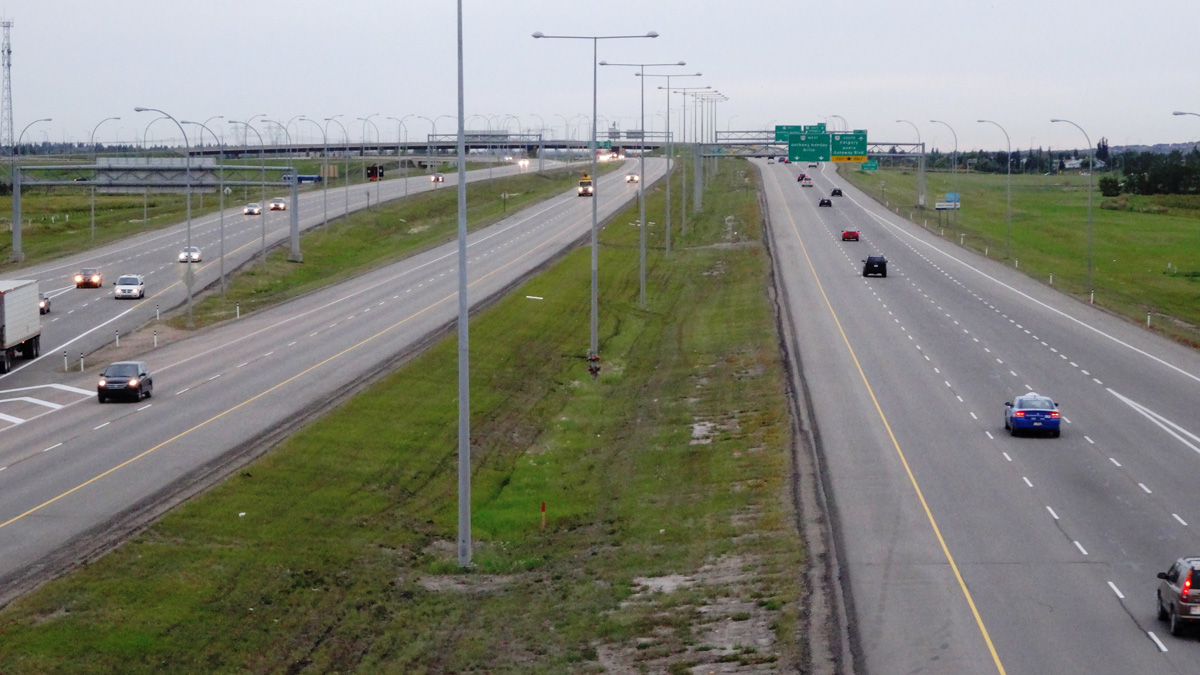Talking cars, better roads: U of A connects cars with wireless technology to increase road safety
 Supplied - Flickr User Thankyoubay
Supplied - Flickr User Thankyoubay University of Alberta Professor Tony Qiu and his civil engineering research team are bringing talking cars to Edmonton, a feat no other Canadian city can claim.
Qiu’s team is creating technology to create in-vehicle messages to warn drivers of traffic congestion, weather conditions, erratic driving of other vehicles. “Connected vehicle technology” will also tell drivers whether they won’t make the yellow light ahead.
“The goal is to try and help drivers make better decisions, because 95 per cent of all crashes involve some sort of driver error,” said Professor Karim El-Busyouny, a member of Qiu’s research team.
Connected vehicle technology shares a car’s critical information, such as speed and acceleration, with other “connected” vehicles, and can receive messages from infrastructures, like traffic lights, pedestrian crossing signals, or railway crossings, El-Busyouny said.
“The car can talk to another car, or the other car can talk back, or a car can talk to an infrastructure and the infrastructure can talk back,” he said.
On average, 317 people are injured each month in Edmonton traffic collisions per month. Connected vehicle technology may reduce traffic injuries by processing many streams of information that would otherwise be left to the driver to react, El-Busyouny said. It could also help the environment by improving traffic efficiency and reducing road congestion — thereby reducing the amount pollutants from idling vehicles.
The technology could alert the drivers of potentially unsafe driving conditions — El-Busyouny said connected vehicles could receive data from road weather information systems to warn drivers of freezing conditions, severe weather, or adverse driving conditions. For example, when the technology detects icy roadways or vehicles spinning on ice, drivers of connected vehicles would receive cautionary alerts.
The connected environment is created by fitting transportation infrastructures with antennae to broadcast traffic light, signage, or pedestrian information. Currently in the testing phase, Edmonton area has three connected vehicle “test-beds” equipped with connected vehicle technology: Whitemud Drive, Anthony Henday Drive, and 23 Avenue.
In the future, connected vehicle technology can be retrofitted for cars, trucks, busses, firetrucks, motorhomes, and ambulances.
“I see a lot of value in terms of how we can improve safety using this technology,” El-Busyouny said. “And I feel that I have something to contribute on that front.”




